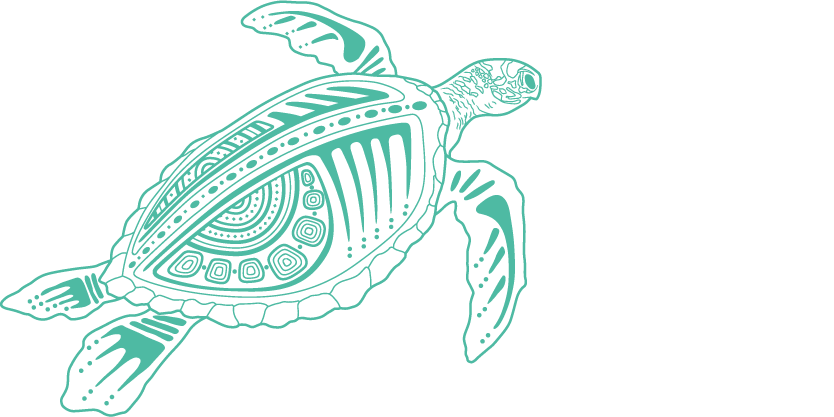33.
Department of Environment and Science, 2019, Queensland Intertidal and Subtidal Ecosystem Classification Scheme version 1.0, Module 2 - Literature review of intertidal and subtidal classification frameworks and systems: informing the development of the Queensland Intertidal and Subtidal Ecosystem Classification Scheme, Queensland Wetlands Program: Queensland Government, Brisbane.
193.
Sih, T.L., Daniell, J.J., Bridge, T.C., Beaman, R.J., Cappo, M., et al. 2019, Deep-reef fish communities of the Great Barrier Reef shelf-break: trophic structure and habitat associations, Diversity 11(2): 26.
-
206.
Kerrigan, B.A., Breen, D., De'ath, G., Day, J., Fernandes, L., et al. 2010, Classifying the biodiversity of the Great Barrier Reef World Heritage Area for the classification phase of the representative areas program, Research Publication 104.
213.
Harris, P.T., Bridge, T.C.L., Beaman, R.J., Webster, J.M., Nichol, S.L., et al. 2013, Submerged banks in the Great Barrier Reef, Australia, greatly increase available coral reef habitat, ICES Journal of Marine Science 70(2): 284-293.
214.
Intergovernmental Oceanographic Commission 2019, Standardization of undersea feature names–Guidelines, proposal form terminology. Edition 4.2.0, International Hydrographic Bureau, Monaco.
215.
Harris, P.T., Heap, A., Passlow, V., Hughes, M., Daniell, J., et al. 2005, Tidally incised valleys on tropical carbonate shelves: An example from the northern Great Barrier Reef, Australia, Marine Geology 220(1-4): 181-204.
216.
Cappo, M., Stowar, M., Stieglitz, T., Lawrey, E., Johansson, C. and Macneil, A. 2012, Measuring and communicating effects of MPAs on deep" shoal" fisheries, in 12th International Coral Reef Symposium, eds. Anonymous, James Cook University, Cairns, pp. 1-5.
217.
Brooke, B.P., Nichol, S.L., Huang, Z. and Beaman, R.J. 2017, Palaeoshorelines on the Australian continental shelf: Morphology, sea-level relationship and applications to environmental management and archaeology, Continental Shelf Research 134: 26-38.
218.
Harris, P., Heap, A., Passlow, V., Sbaffi, L., Fellows, M., et al. 2003, Geomorphic features of the continental margin of Australia, Geoscience Australia, Canberra: 142.
219.
Stowar, M., De’ath, G., Doherty, P., Johansson, C., Speare, P., et al. 2008, Influence of zoning on midshelf shoals from the southern Great Barrier Reef, Report to the Marine and Tropical Sciences Research Facility.
220.
Ryan, D.A., Brooke, B.P., Bostock, H.C., Radke, L.C., Siwabessy, P.J., et al. 2007, Bedload sediment transport dynamics in a macrotidal embayment, and implications for export to the southern Great Barrier Reef shelf, Marine Geology 240(1-4): 197-215.
221.
Heap, A.D., Dickens, G.R., Stewart, L.K. and Woolfe, K.J. 2002, Holocene storage of siliciclastic sediment around islands on the middle shelf of the Great Barrier Reef Platform, north‐east Australia, Sedimentology 49(3): 603-621.
222.
Normandeau Associates, I. 2014, Understanding the Habitat Value and Function of Shoal/Ridge/Trough Complexes to Fish and Fisheries on the Atlantic and Gulf of Mexico Outer Continental Shelf. Draft Literature Synthesis for the U.S. Dept. of the Interior, Bureau of Ocean Energy Management. Contract # M12PS00031.
223.
Beaman, R.J., Bridge, T., Done, T., Webster, J.M., Williams, S. and Pizarro, O. 2012, Habitats and benthos at Hydrographers Passage, Great Barrier Reef, Australia, in Seafloor Geomorphology as Benthic Habitat Elsevier, pp. 425-434.


